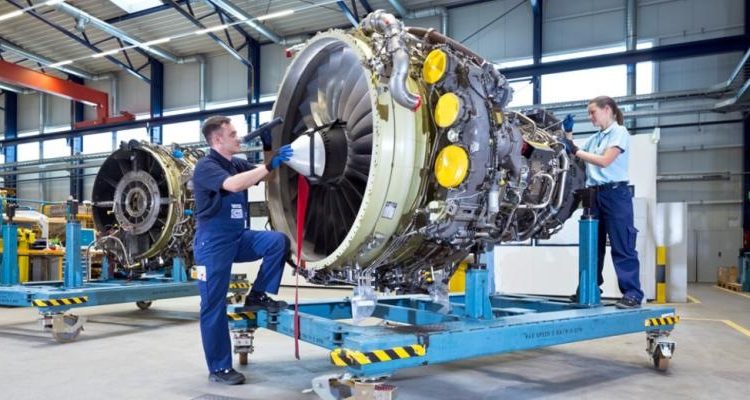Every year, industries lose billions of RUB because of unplanned downtime. Regular breakdown and downtime pull down productivity and profits. But your industry does not have to follow this route! You can optimize the productivity of your industrial facility by drawing and following a good maintenance plan. But how do you prepare a good maintenance plan? This post outlines the four main components of a robust industrial maintenance plan.
Set the Goals for your Maintenance Plan
As an industry owner or leader, a clear maintenance plan is as important as an organization budgeting. Indeed, it is at the heart of every organization strategy because downtime can affect production, sales, and productivity. Therefore, it is prudent to have clear goals for the maintenance plan.
The goals of the plan should be crafted with the organization’s vision. In the mining industry, a maintenance plan can set the goal of a high uptime of about 99%. In this industry, high uptime is considered crucial for optimizing productivity. Other goals of the maintenance plan should be specific to different parts of the plant such as inspection of belt drive tension, bearing, motors, and other parts. When monitoring becomes part of the main goals, all issues that can result in downtime will be easy to identify and address on time.
Prioritizing Areas of Risk
Your industrial maintenance program will only be effective if you prioritize the areas that are at a higher risk of breaking down. This implies that your industrial operations should work together with the maintenance team to identify failure mode, effects and criticality analysis of different parts. Here are the main components to prioritize:
- Machines and parts that are used regularly.
- Equipment nearing the recommended servicing time.
- Machines that breakdown regularly.
- Parts of your system with low productivity.
Have the Right Team in Place
When an industrial plant halts because of a problem, you need to have the right people to diagnose, fix, and get the system back to operations. This is only possible if you have the right team in place. This should be a tech team monitoring different parts of the industrial plant all the time. It should also be properly equipped with the latest skills and technology to diagnose and rectify every problem.
Adherence to the Best Practices in Maintenance
An effective maintenance plan should be mainly be targeted at preventing the occurrence of damages as opposed to repairs. This means that the maintenance team should articulately understand the entire plant’s operations and areas of higher risk. The best practices in preventative maintenance include:
- Testing.
- Calibration.
- Servicing.
- Inspection.
- Alignment.
- And installation.
The Final Take
To optimize the operations of your facility, it is important to have a well-prepared maintenance plan and team that pro-actively identifies and fixes issues before they strike. Remember that the maintenance plan should be updated regularly to ensure that the team has the latest skills and technology.
Milton Ferrara is a professional blogger and writer with an experience of half a decade. Known for his amazing take on conventional matters and his boldness for writing new fresh content, he has a strong presence on the web.

